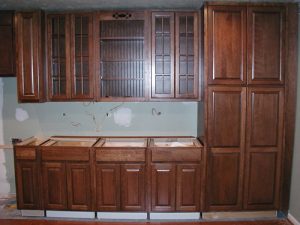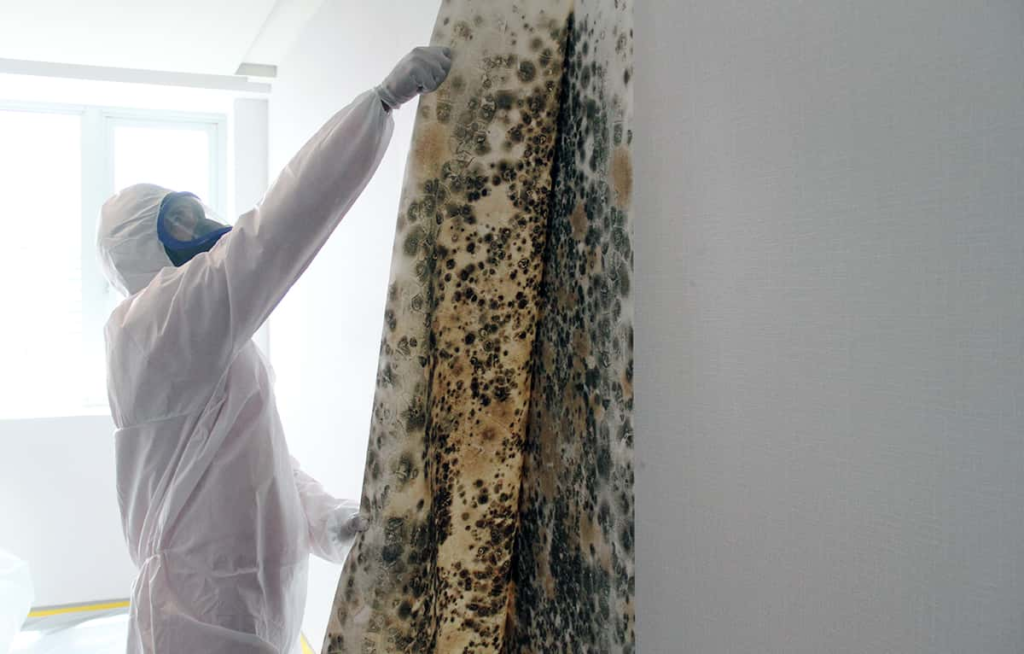Foundation Repair Greensboro NC is essential to protect your home. Whether you have minor cracks, bowing walls, or sinking and uneven floors, timely repairs are necessary to avoid further damage.

It’s important to hire a contractor with extensive experience. Cheaper fixes like poly foam, mud jacking, and concrete pilings can offer quick results but do not last.
When cracks in your home’s foundation appear, it’s vital to distinguish between those that are normal and those that indicate structural problems. Observe gaps for signs that they’re getting worse; uneven floors, sticking doors and windows, and water infiltration can all point to shifting soil or moisture issues. Small vertical cracks that run straight up and down are normal and don’t usually indicate significant problems unless they grow wider. Cracks accompanied by other symptoms should prompt a professional inspection.
Horizontal or jagged diagonal cracks are a sign of increased pressure on the foundation walls, and they can indicate serious structural issues that require immediate attention. Widening gaps around doors and windows are also cause for concern. These gaps allow moisture and pests to enter the basement, which can lead to mold growth and costly repairs.
Foundation cracks can be repaired with a variety of solutions, depending on the severity and root causes of the problem. Epoxy injections can repair minor cracks, carbon fiber reinforcement can stabilize larger ones, underpinning prevents future settling, and waterproofing guards against water damage.
Regular maintenance can also help prevent and repair foundation cracks. Ensure that gutters and downspouts are directing water away from the foundation, and grade the soil so it slopes at least five feet away from the house. This prevents water from pooling near the foundation and causing soil erosion, which can put pressure on the walls.
Leaking Pipes
A leaking pipe in your foundation is more than a nuisance; it can cause serious damage to your home over time. This is particularly true if the leak goes undetected for months or even years, as it can weaken the soil supporting the foundation, leading to slab movement, cracks, and structural instability.
Leaks under the foundation are hard to spot, and even professional plumbers have a hard time finding them. They can result from a variety of causes, including aging pipes, poor installation, and natural shifts in the ground underneath your home. Some signs of a leak are wet spots or warm floors, high water bills, and a foul odor caused by mold or mildew.
When a pipe under the foundation is damaged, it usually starts as a pinhole in the copper, and this small hole only gets bigger over time. This allows gallons of water to leak out, and the longer this is allowed to happen, the more damage it can do to the foundation. Fortunately, these kinds of leaks can be prevented by having proper drainage around your foundation. This includes making sure that the soil slopes away from your home, and that gutters and downspouts are clear so they can direct water away from the foundation.
A leaking pipe can be fixed with several different methods, depending on your needs and the amount of damage that has already occurred. These include spot repair, where a section of flooring and concrete is removed to access the damaged pipe, which can be patched or replaced. Another option is epoxy pipe coating, where a thin layer of resin seals small cracks and leaks without cutting into the slab. Finally, a complete home repipe is possible for some homes, in which the old pipes are replaced with newer PEX or copper tubes.
Shifting Soil
The soil in your home provides a crucial layer of support that allows the structure to bear weight and pressure. When this layer is weakened, it can damage the foundation. Instabilities in the soil are often caused by erosion and poor construction practices. However, a number of preventative measures can help to keep soil shifting under control.
The main culprit for soil shifting is moisture, and it’s important to monitor soil moisture levels. If the soil gets too wet, it can weaken and shift under the house. The opposite is also true – dry soil can shrink and cause the foundation to settle unevenly. In addition to monitoring soil moisture, homeowners can take steps to improve drainage, maintain landscaping, and consider professional soil testing.
Shifting soil can cause problems such as bowed walls, cracks around doors and windows, and floors that buckle. It’s important to report these issues to a foundation repair company immediately to minimize further damage and restore the functionality of your home.
Foundation damage isn’t just unsightly, it can impact your quality of life and even threaten the value of your home. If you have any questions about foundation repairs or want to learn more about preventative techniques, contact a reputable foundation repair specialist today. They can assess your home’s condition and recommend the best course of action for your budget. The sooner you address foundation issues, the more you can save in the long run.
Cracked Walls
The good news is that not all wall cracks are structurally significant. A small hairline crack in a concrete foundation wall can be due to shrinkage during the concrete curing process and isn’t typically a cause for concern. However, cracks that are wider than an eighth of an inch are a warning sign that it’s time to call in the professionals for an inspection. Cracks that are growing over time should also be treated as a sign of serious ongoing issues that require immediate attention.
If the cracks in your foundation walls are horizontal or diagonal, they may be caused by shifting soils putting pressure on your home’s foundation. Likewise, if your foundation walls are tilting in at the bottom or pushing in at the top, it’s important to seek expert help as quickly as possible.
In addition to the underlying causes of foundation cracks, poor-quality materials and shoddy construction can contribute to the development of these cracks as well. Periodic structural inspections conducted by foundation experts can help identify these material-related problems before they lead to major damage.
Fortunately, there are effective solutions for repairing cracks in foundation walls. These include epoxy injection, carbon fiber straps, underpinning, and waterproofing. Each solution is tailored to the severity and root cause of your specific foundation cracks. Injection seals minor cracks, carbon fiber stabilizes bowing walls, underpinning prevents future settling and movement, and waterproofing guards against water infiltration. In combination, these solutions provide a comprehensive approach to restoring and fortifying your foundation. For more information, contact us today for a free, no-obligation estimate. We look forward to assisting you!
Uneven Floors
Uneven floors are a common problem in older homes that can be a sign of foundational shifts, settling, or crawl space moisture issues. Ignoring uneven flooring will only make it worse, so homeowners should take action as soon as they notice the problem. Creaking or squeaking sounds and gaps forming between the floor and baseboards are common indicators of sloping or uneven floors that require professional attention.
Before building contractors lay a foundation, they typically compact the soil underneath where the foundation will sit. However, this process is not always completed correctly, causing the ground to move over time and cause shifts in the foundation. When the foundation settles, it will usually sink into the surrounding soil, dragging parts of the flooring up or down along with it. This can lead to uneven floors that are difficult to correct.
The most common cause of uneven floors is water damage from plumbing leaks or excessive moisture in the foundation’s crawl space. This moisture causes the clay soil to expand and contract, which can destabilize the foundation and lead to sloping or sagging floors. This type of unevenness is most commonly seen in concrete slab foundations.
In some cases, uneven floors can be addressed with shims or sanding, but these quick fixes do not address the underlying problems that are causing your floor to sink or rise. Instead, it’s recommended that you contact a foundation repair expert to inspect your home and suggest the most appropriate repair solution for your uneven floors. A qualified repair specialist can use precise foundation repair methods like pier systems to re-level the floors and ensure they stay even in the future.



